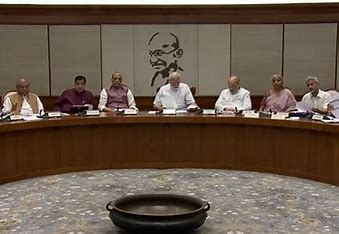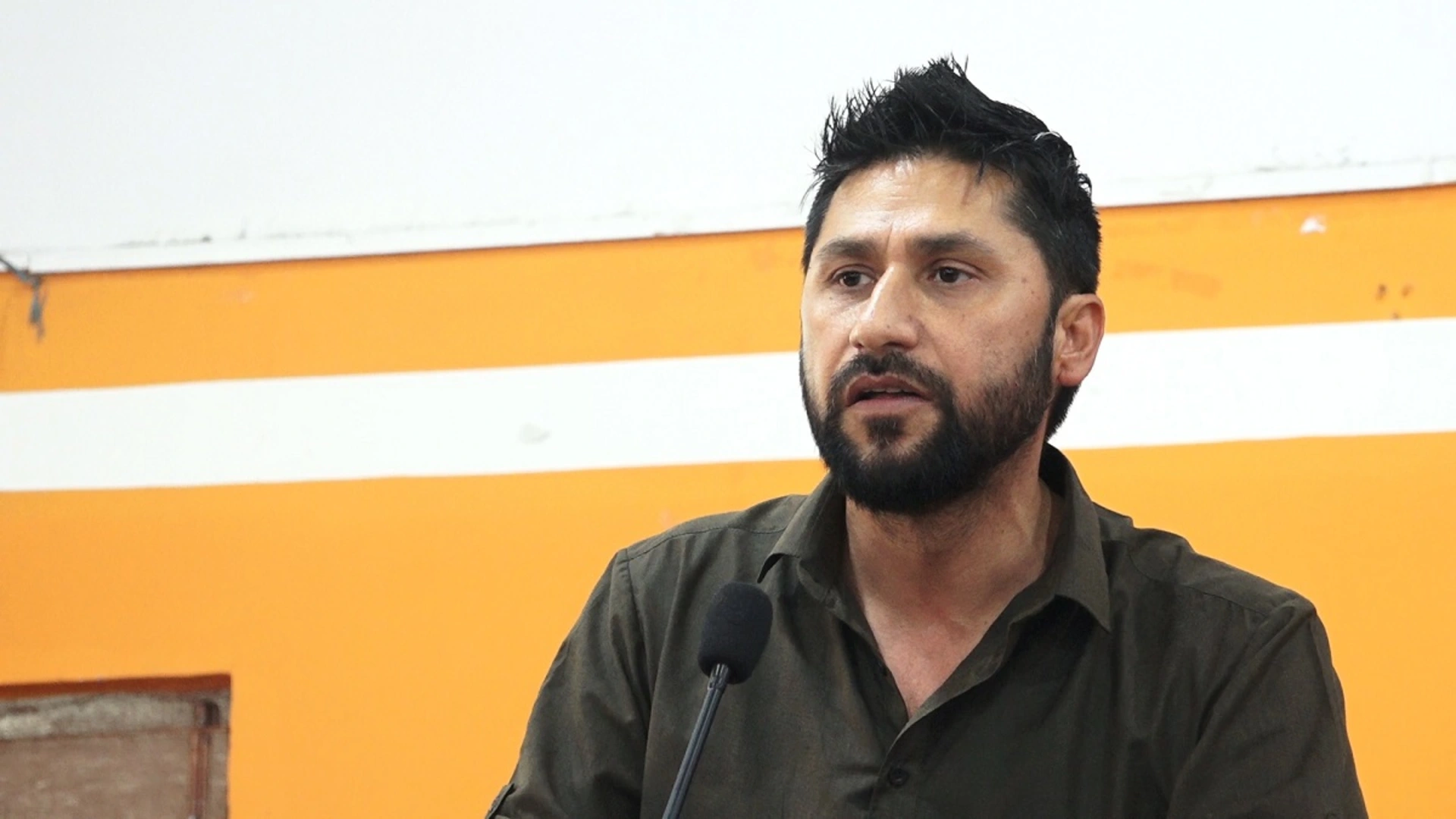In a significant cultural move, the Union Cabinet, led by Prime Minister Narendra Modi, has approved the recognition of five more languages as “classical.” This decision, announced by Union Minister Ashwini Vaishnaw, expands India’s rich linguistic tapestry and promotes the preservation of its cultural heritage.
New Additions to the Classical Language List
The newly recognized languages are:
– Marathi
– Pali
– Prakrit
– Assamese
– Bengali
These languages now join the six others that were previously classified as classical: Tamil, Sanskrit, Telugu, Kannada, Malayalam, and Odia.
Cultural Significance and Recognition
Vaishnaw emphasized Prime Minister Modi’s commitment to Indian languages, stating, “PM Modi has always focused on Indian languages… Today, five languages have been approved as classical languages.” This classification not only celebrates linguistic diversity but also ensures enhanced academic and cultural interest.
Responses from State Leaders
The recognition has garnered praise from various state leaders. Assam Chief Minister Himanta Biswa Sarma expressed his gratitude on social media, stating, “On behalf of the people of Assam, I extend my gratitude to Hon’ble Prime Minister Shri Narendra Modi Ji and the entire Union Cabinet for the historic decision to accord Assamese the status of Classical Language.” He highlighted how this decision underscores Assam’s rich civilizational roots.
Criteria for Classical Language Status
To be recognized as a classical language, a language must meet specific criteria set by a Linguistic Experts Committee:
– High Antiquity: The language must have a history spanning over 1000 years.
– Ancient Literature: There should be a substantial body of ancient literature cherished by generations.
– Knowledge Texts: The language should possess prose works alongside poetry, including historical and inscriptional texts.
– Distinct Evolution: The language’s literature should exhibit a distinct evolution from its modern form.
Conclusion: A Step Forward for Linguistic Preservation
The addition of Marathi, Pali, Prakrit, Assamese, and Bengali to the list of classical languages marks a crucial step in preserving and promoting India’s linguistic heritage. This initiative not only benefits academic research but also fosters a deeper appreciation for the rich cultural narratives these languages carry.







